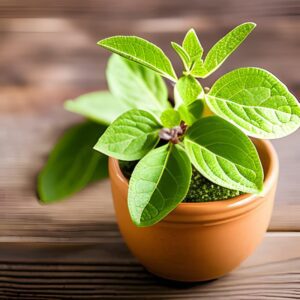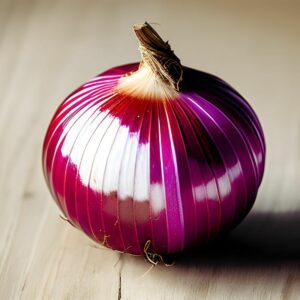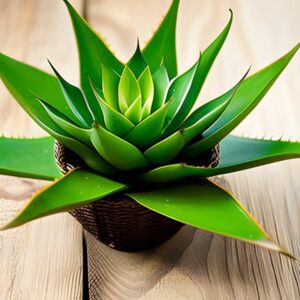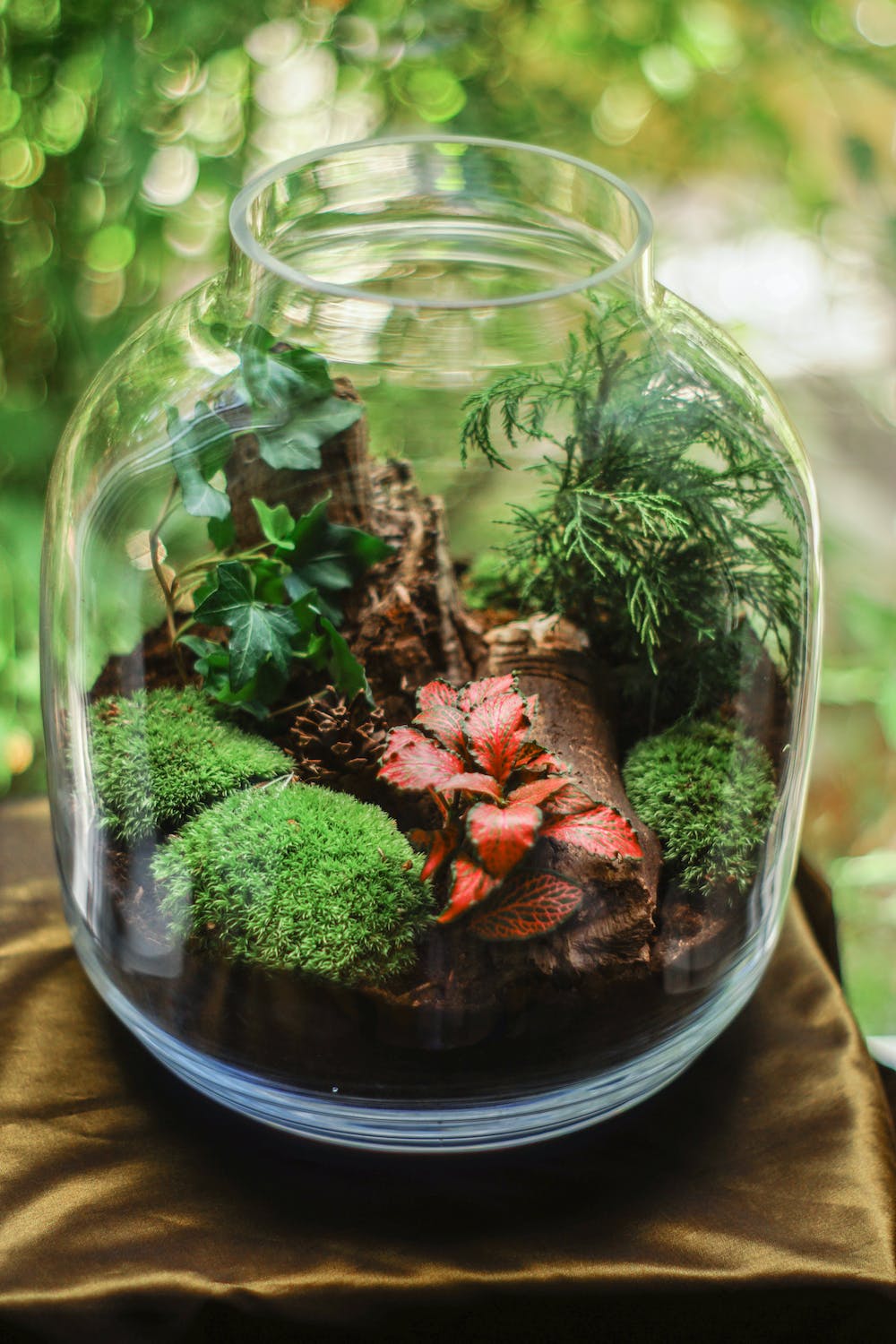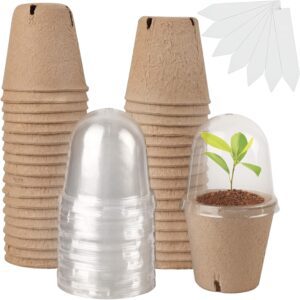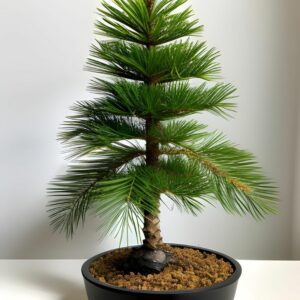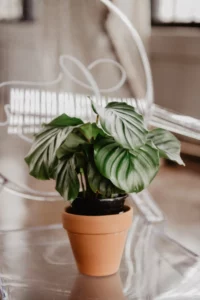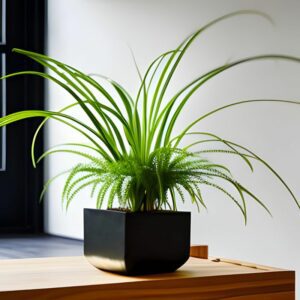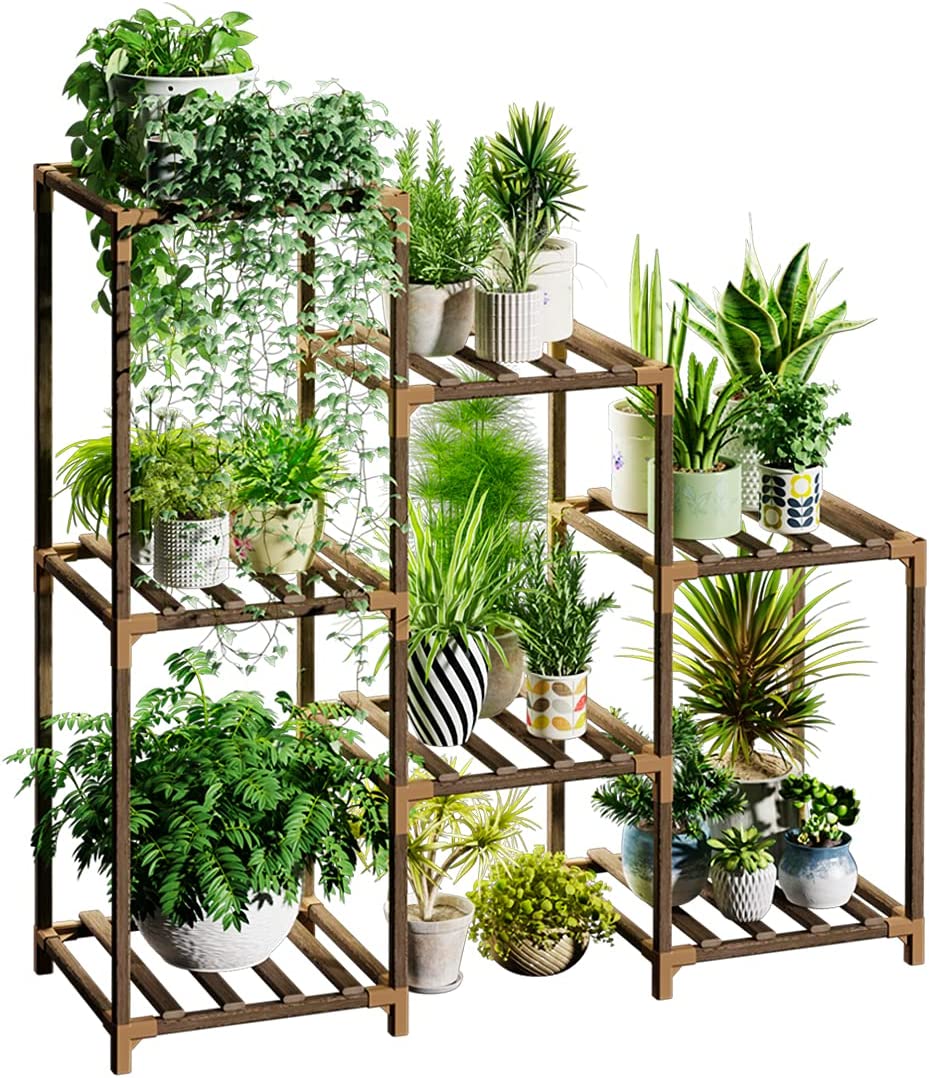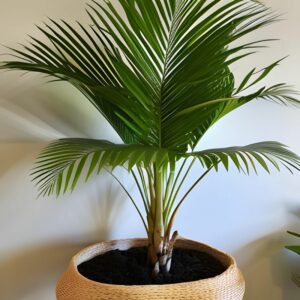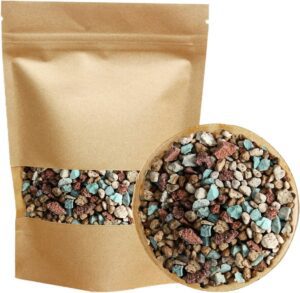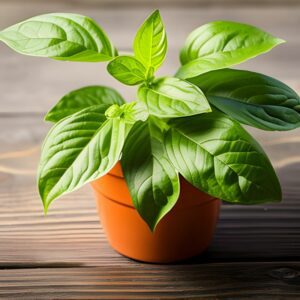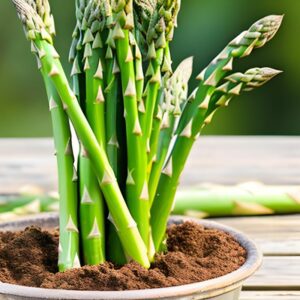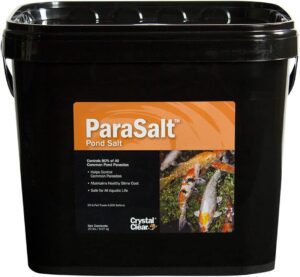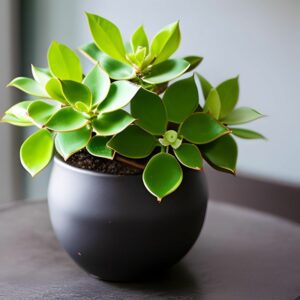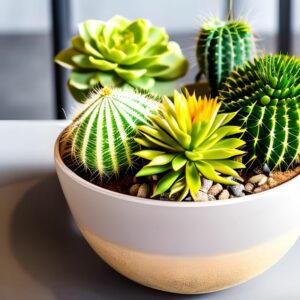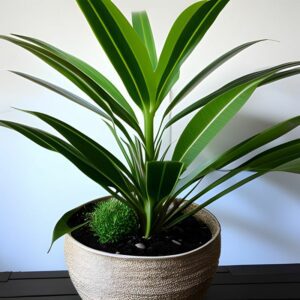Snake Plant
House Plants
- West Africa
- Easy
- None
Introduction
The Snake Plant, also known as Mother-in-Law’s Tongue, is a popular houseplant native to West Africa. It is prized for its striking appearance, durability, and air-purifying qualities. Snake Plants feature long, upright leaves that are often variegated with shades of green and yellow. They make excellent indoor plants, adding a touch of elegance to any space.
Plant Characteristics
Snake Plants have tall, sword-shaped leaves that grow vertically from the soil. The leaves are thick and leathery, with a glossy texture. The plant’s variegated patterns provide visual interest. Snake Plants can reach a height of 2-4 feet, depending on the variety. They also produce clusters of small white or cream-colored flowers on tall stalks.
Ideal Growing Conditions
Snake Plants thrive in a range of light conditions, from low to bright indirect light. They can tolerate lower light levels, making them suitable for indoor environments with limited sunlight. Snake Plants prefer temperatures between 60-85°F (15-29°C) and can adapt to average humidity levels. They are tolerant of a variety of soil types but prefer well-draining potting mix.
Planting Guide
Select a well-draining pot or container with drainage holes to prevent water-logging. Use a well-balanced potting mix or a specific mix for succulents and cacti. Place the Snake Plant into the pot, ensuring the base of the leaves is slightly above the soil level. Backfill with soil, gently firming it around the roots, and avoid burying the leaves. Water the plant lightly after planting and allow the soil to dry out between waterings.
Watering and Fertilizing
Snake Plants are relatively drought-tolerant and prefer infrequent watering. Allow the soil to dry out completely between waterings to prevent root rot. Water thoroughly but avoid overwatering. Fertilize sparingly with a balanced houseplant fertilizer during the growing season, following the package instructions.
Pruning and Maintenance
Snake Plants require minimal pruning. Remove any discolored, damaged, or wilted leaves by cutting them at the base. Regularly wipe the leaves with a damp cloth to keep them clean and dust-free, enhancing their natural shine.
Propagation or Harvesting
Snake Plants can be propagated through leaf cuttings or division. To propagate through leaf cuttings, select a healthy leaf and cut it into sections.
Post-Harvest Care
Place the leaf sections into moist soil or water until they develop roots. To divide a mature plant, carefully separate the offshoots or rhizomes from the main plant and replant them in separate containers.
Troubleshooting
Overwatering can lead to root rot, while underwatering may cause leaf curling or browning. Ensure proper watering practices by allowing the soil to dry out between waterings. Snake Plants are generally pest-resistant, but occasional issues with mealybugs or spider mites may occur. Treat pests with appropriate insecticidal soap or neem oil.
Fun Facts
Snake Plants are known for their air-purifying properties, as they can help remove toxins like formaldehyde, xylene, and benzene from indoor air. They are also considered one of the top plants for improving indoor air quality. Snake Plants are excellent choices for bedrooms or offices, as they release oxygen at night through a unique metabolic process.












